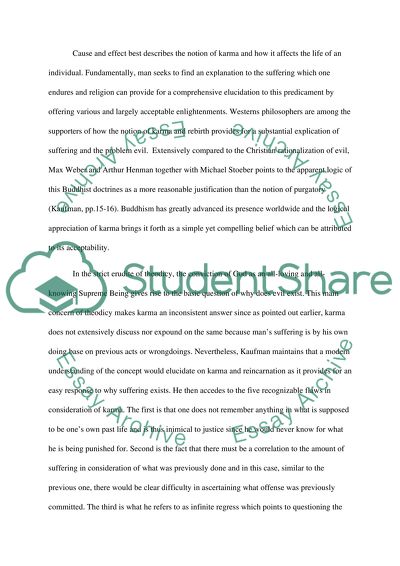Cite this document
(“Buddhism Essay Example | Topics and Well Written Essays - 750 words - 1”, n.d.)
Retrieved from https://studentshare.org/religion-and-theology/1398505-buddhism
Retrieved from https://studentshare.org/religion-and-theology/1398505-buddhism
(Buddhism Essay Example | Topics and Well Written Essays - 750 Words - 1)
https://studentshare.org/religion-and-theology/1398505-buddhism.
https://studentshare.org/religion-and-theology/1398505-buddhism.
“Buddhism Essay Example | Topics and Well Written Essays - 750 Words - 1”, n.d. https://studentshare.org/religion-and-theology/1398505-buddhism.


